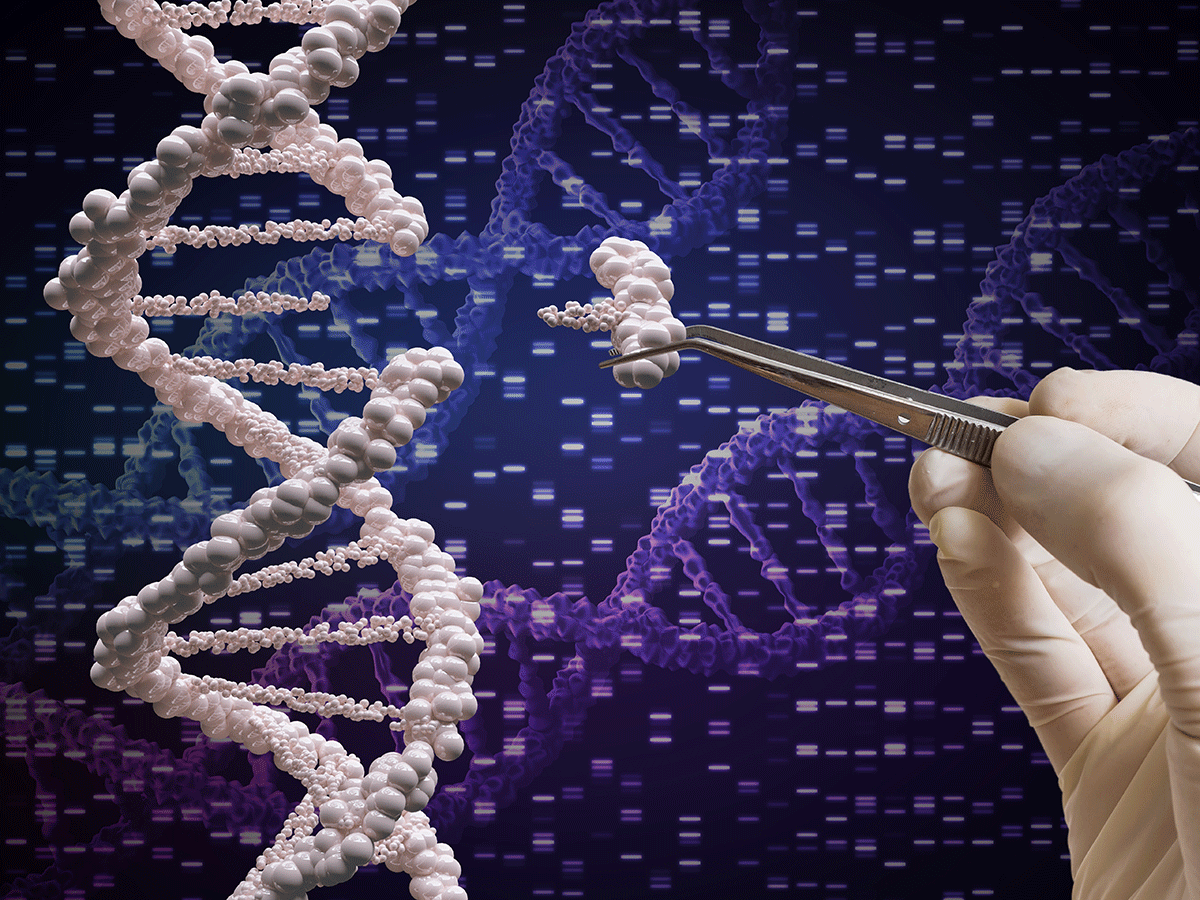Gene editing technologies, such as CRISPR, can cause unintended alterations in the genome which may be potentially dangerous.
A multidisciplinary team of scientists led by Britt Adamson at Princeton University along with collaborators from the Massachusetts Institute of Technology, the genome editing company Editas Medicine, and University of California, San Francisco have developed a novel high-throughput screening tool, Repair-seq, to profile mutations at targeted DNA lesions.
The method allows researchers to identify genetic elements and associated cellular processes occurring during gene editing. Senior author Adamson is an assistant professor in the Department of Molecular Biology at Princeton University and the Lewis-Sigler Institute of Integrative Genomics. This study was published in the October 20 edition of Cell.
CRISPR and similar gene editing tools rely on interactions with endogenous DNA repair mechanisms, like DNA double-strand breaks (DSBs). Limitations in the understanding of DSB repair are due in part to technical challenges associated with profiling the determinants of repair outcomes. According to Adamson, "Repair-seq is an experimental approach for systematically mapping DNA repair pathways by measuring the effects of many different genetic perturbations on the distribution of mutations produced at targeted DNA damage. Repair-Seq can generate insights that will help in the design of more accurate and efficient gene editing systems."
The researchers paired CRISPR-based screens with site-specific deep genetic sequencing to map out the contribution of several pathways in the process by which cells repair double-stranded DNA breaks induced by the bacterial nucleases CRISPR/Cas9 or Cas12a. They hypothesized that simultaneously measuring the genetic factors of a broad range of DSB repair outcomes would enable systematic studies of DSB repair.
Repair-seq combines high-throughput CRISPR-based genetic screening with targeted sequencing of DSB repair outcomes. CRISPR-based screens were used to induce genetic perturbations as this technique uses libraries of single-guide RNAs (sgRNAs) to enable massively parallel interrogation of gene function in scalable, pooled experiment.
"We also considered how to accurately quantify the effects of genetic perturbations on a broad range of repair outcomes," Adamson said. "Because many genes with known roles in DNA repair and replication are essential, we chose to perturb gene expression with CRISPRi to inhibit transcription at targeted promoters. Next, to ensure accurate measurement of repair outcomes, we developed a strategy for preparing sequencing libraries in which unique molecular identifiers (UMIs) are attached to repair outcomes prior to PCR amplification," she told BioWorld Science.
In effect, these UMIs turn the assay into a single molecule measurement, in which repair events from each cell are counted only once.
"We disabled 476 genes involved in the repair of double-stranded breaks and examined the different outcomes from editing with Cas enzymes. The experiments provided a high-resolution atlas that linked repair outcomes with specific genetic factors," Adamson said. For example, two genes, DNA2 and MCM10, were shown to modulate how fragments of genomic sequences repair double-stranded breaks.
Using Repair-Seq, researchers will be able to generate mechanistic models of DNA repair and learn how those mechanisms impact genome editing, Adamson said. "We applied our method to one of the most used genome editing approaches, CRISPR-Cas9, which creates double-strand breaks in the DNA. Editing with double-strand breaks has been the mainstay of techniques like CRISPR for a long time but making intended changes without unwanted mutations has been an enormous challenge."
Systematic analysis of the "atlas" of the genetic factors involved in double strand DNA repair demonstrates how different DNA repair pathways are linked to particular types of Cas9-induced mutations.
The entire dataset unearthed in this work is available on an online portal (https://seq.repair/) that others can use to interrogate DNA repair genes and pathways.
Adamson hopes that Repair-seq will facilitate not only the study of the basic biology of DNA repair, but also increase understanding of how different genome editing technologies interact with endogenous repair processes, helping to refine the CRISPR tool. The team intends to fine tune the platform and apply it to additional genome editing technologies in the future.

